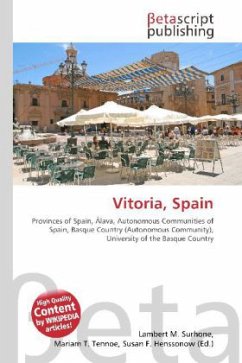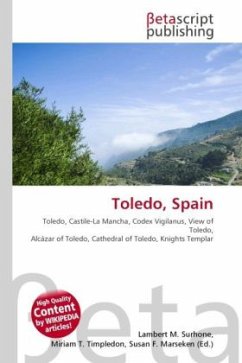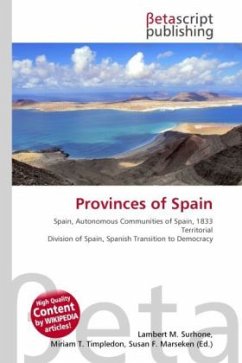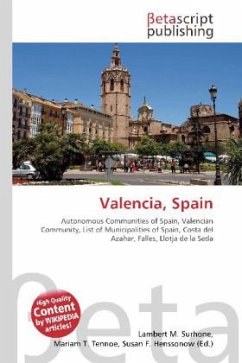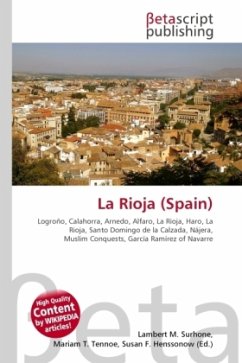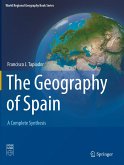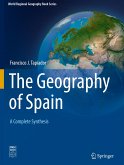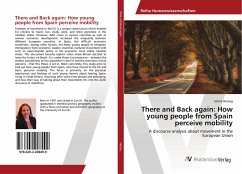Please note that the content of this book primarily consists of articles available from Wikipedia or other free sources online. Vitoria-Gasteiz is the capital city of the province of Álava and of the autonomous community of the Basque Country in northern Spain. It is the second largest Basque city, after Bilbao. The dwellers of the city are called Vitorianos or Gasteiztarras, while traditionally they are dubbed Babazorros (Basque for ''bean eaters''). The old part of the city (el casco viejo), on an elevation, is very well conserved and contains a number of remarkable monuments: Casa del Cordón (a house from the XV century), the gothic cathedral of Santa María (XIV century), the Museum of Archaeology and Museo Fournier de Naipes (playing cards) (XVI century) and the Torre de Doña Otxanda (a tower holding the Museum of Natural Sciences). The extension (el ensanche) was built south of the old city centre during the XIX century and contains the Plaza de la Virgen Blanca (a square where the Fiestas de la Blanca start) with the church of San Miguel, Los Arquillos (an arcade), and the Plaza Nueva (or de España, a square that holds every Sunday morning a street market).
Bitte wählen Sie Ihr Anliegen aus.
Rechnungen
Retourenschein anfordern
Bestellstatus
Storno

